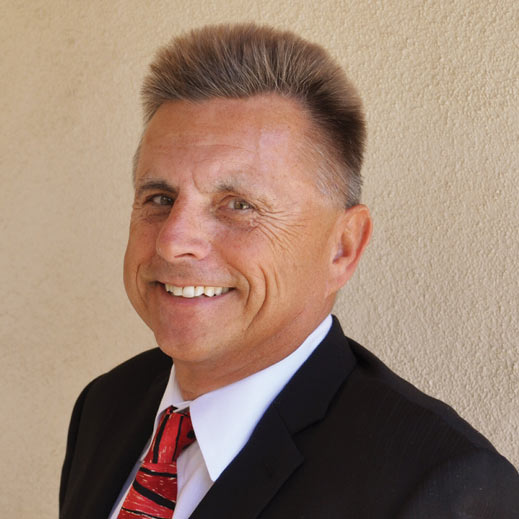As a student, Andrew Zalay worked on reducing the impact of helicopter turbulence for the U.S. Air Force, and that experience with rotary blades was useful in his later career: building wind farms. Zalay has sited, designed, and installed turbines across the United States and, most recently, in Australia. All told, he’s responsible for the generation of 2.3 gigawatts of energy.

Born in Hungary, Zalay fled with his family during the Hungarian Revolution of 1956. They settled in Albany, New York, where he attended the Milne School, a practice teaching school for the state university. At MIT, he studied aeronautical engineering. Upon completing his bachelor’s degree, he was hired by Professor Sheila Widnall for an Air Force project: studying the decay of the vortices trailing out of jet engines in an attempt to reduce contrails visible from the ground.
After earning a master’s degree, he worked at Mount Auburn Research Associates in Cambridge, measuring the eddies swirling out of atomic mushroom clouds in order to predict fallout. “But I didn’t like working on radioactive stuff,” Zalay says, so he joined Rochester Applied Sciences, where he made Vietnam-era helicopters quieter by changing the tips of the rotor blades. When that company was sold, Zalay went to work for Lockheed in Huntsville, Alabama, measuring the wakes of NASA’s first wind turbines. He earned an MBA at Alabama A&M in 1979.
The green energy of wind turbines appealed to Zalay. He spent his childhood summers on New York’s Lake George and watched the local fish die because of acid rain, he says. He started and managed wind divisions at two companies—AeroVironment and American Diversified Co.—through the 1980s. His projects included some of the first wind farms in California.
Now president of his own firm, EWindfarm, Zalay has built five wind farms in Australia, working there two weeks out of each month for the past decade. “In wind farming, the first step is to acquire a good site and be good neighbors,” he says. The next frontier, he predicts, is offshore wind. “There’s enough wind off our Atlantic coast to power New England,” he says. “It’s also the best, lowest-cost solution for Hawaii.”
Zalay lives with his wife, Elgin Johnson Zalay, in Laguna Niguel, California. He has two children from a previous marriage, and he and Elgin have six grandchildren. Zalay recently self-published a picture book for kids called Space Pup Saves Sam and Sue. “I read science fiction when I was a kid, and that’s what sparked me to become an engineer,” he says.
Keep Reading
Most Popular
Large language models can do jaw-dropping things. But nobody knows exactly why.
And that's a problem. Figuring it out is one of the biggest scientific puzzles of our time and a crucial step towards controlling more powerful future models.
The problem with plug-in hybrids? Their drivers.
Plug-in hybrids are often sold as a transition to EVs, but new data from Europe shows we’re still underestimating the emissions they produce.
How scientists traced a mysterious covid case back to six toilets
When wastewater surveillance turns into a hunt for a single infected individual, the ethics get tricky.
Google DeepMind’s new generative model makes Super Mario–like games from scratch
Genie learns how to control games by watching hours and hours of video. It could help train next-gen robots too.
Stay connected
Get the latest updates from
MIT Technology Review
Discover special offers, top stories, upcoming events, and more.